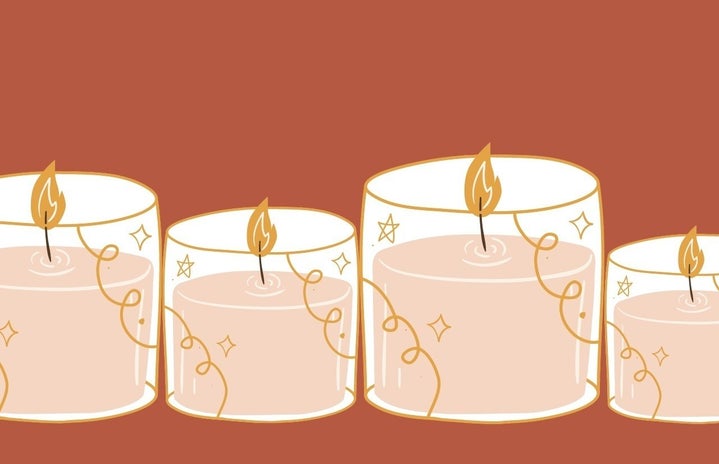Although it’s spooky season, I wanted to step away from the clichéd portrayal of witches as a Halloween symbol to take a more serious look at a practice commonly used in modern witchcraft. I’m sure many of you have heard of tarot, but I wanted to provide a basic introduction of exactly what it is, how it can be used, and how you can start reading tarot cards.
Let’s start with the basics. Tarot cards are a structured deck of 78 cards. By saying tarot is “structured,” I mean that all tarot decks are identical in their meaning. Countless artistic variations of tarot cards exist, but their purpose remains consistent.
Buying a tarot deck for the first time can feel overwhelming, so I want to provide a general breakdown of the deck’s structure. The cards are separated into the Major and Minor Arcanas. The Major Arcana consists of the first 22 cards of the deck; these cards represent large overarching life lessons and follow a spiritual life journey. The Minor Arcana, on the other hand, is made up of 56 cards divided into 4 suits. These cards represent the daily trials and tribulations you encounter during the Major Arcana life journey.
The four suits of the Minor Arcana are the Cups, Swords, Pentacles, and Wands. The Suit of Cups is associated with water and represents the tarot’s emotional lessons. The Suit of Swords is associated with air and represents the intellectual and mental lessons. The Suit of Pentacles is associated with earth and represents situations and lessons dealing with material possessions and the earthly world. Finally, the Suit of Wands is associated with fire, and it focuses on lessons of spirituality, thought, and intuition.
Now, how can any of this benefit you? Tarot is a powerful tool that can provide guidance and strengthen your intuition.
How?
Tarot decks contain important symbolism and imagery that you’ll want to become familiar with. In the beginning, it may feel like a lot of memorization without any personal connection to the cards, but understanding them will be integral for personal readings further down the road. Luckily, there are many helpful resources online to make this process more personal, interesting, and interactive. My personal favorites are Biddy Tarot’s website and Mystic Rainn’s Youtube channel. Once you begin learning, you’ll notice that memorization isn’t as daunting as it may sound since the imagery on many Tarot decks directly references the cards’ meanings.
Once you have a general understanding of the cards’ traditional meanings, you can start to truly connect to tarot. This is when many readers encourage you to explore “intuitive Tarot reading.” This is exactly what it sounds like – taking the opportunity to steer away from the standard meanings of the cards to figure out what they’re trying to say to you personally. While the general meaning of the cards will remain the same, the messages they bring you will always be different for different circumstances.
This brings me to the most important point about tarot – it’s not a future-telling tool. Nothing in tarot is permanent, and you should never expect it to answer “yes” or “no” questions about your future. Instead, tarot is meant to help you tap into your subconscious and connect to your intuition in order to guide yourself. When doing a reading, you should ask for guidance through general questions about your life. If a card points you in a certain direction, it isn’t telling your future, but rather providing you with confidence about how to move forward.
If this brief introduction has piqued your interest, I definitely recommend implementing tarot into your life. The first step is finding a deck that speaks to you. The Rider-Waite deck is seen as the golden standard of tarot; however, many artists have created interpretations of it by borrowing from its symbolism and imagery. These decks are the best for beginners as many resources (such as Mystic Rainn’s videos) directly reference the imagery to help you memorize the card meanings.
My favorite is the Modern Witch Tarot Deck. There is enough symbolism adopted from the Rider-Waite deck, but I find the art to be much more appealing. I also love that it portrays such a diverse array of powerful women. I highly recommend this deck and wish you the best of luck with your tarot journey!


